


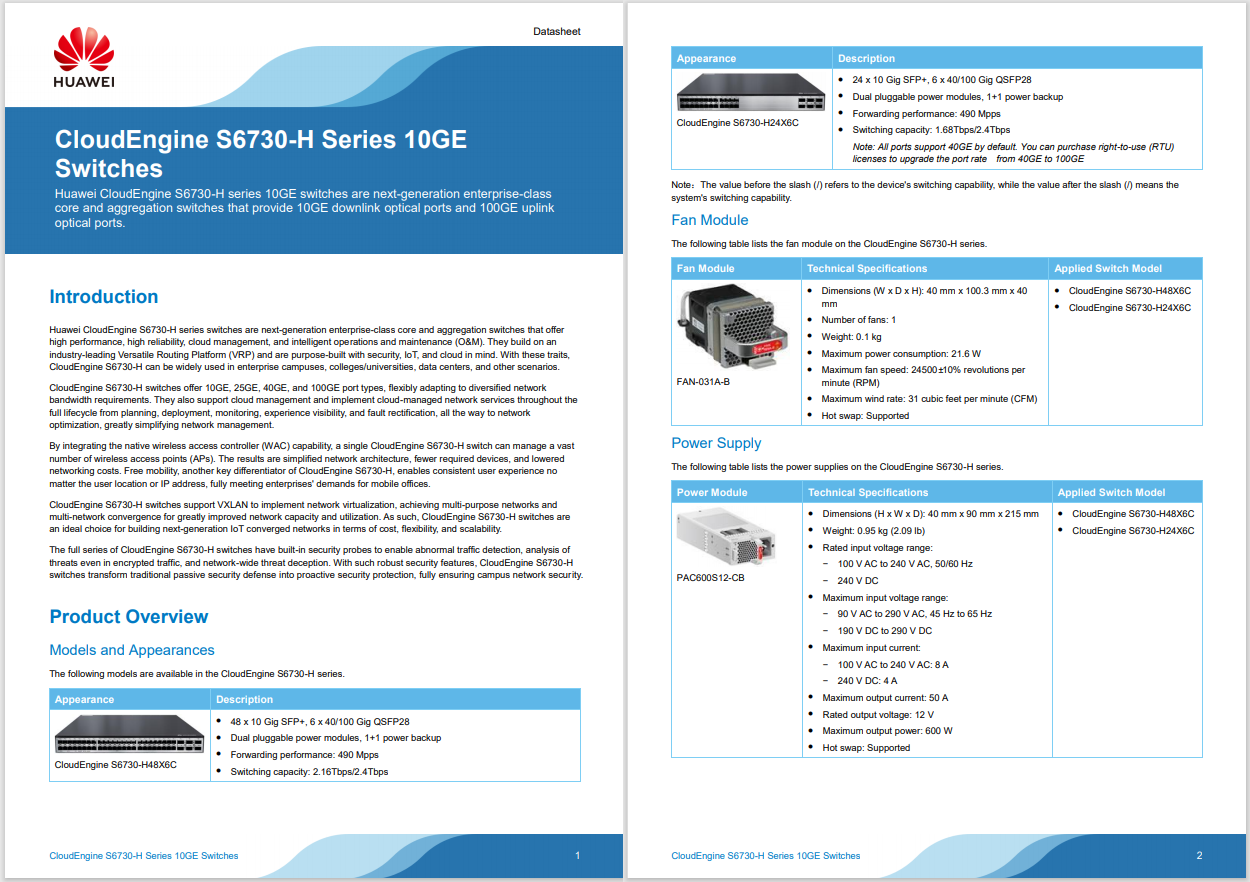
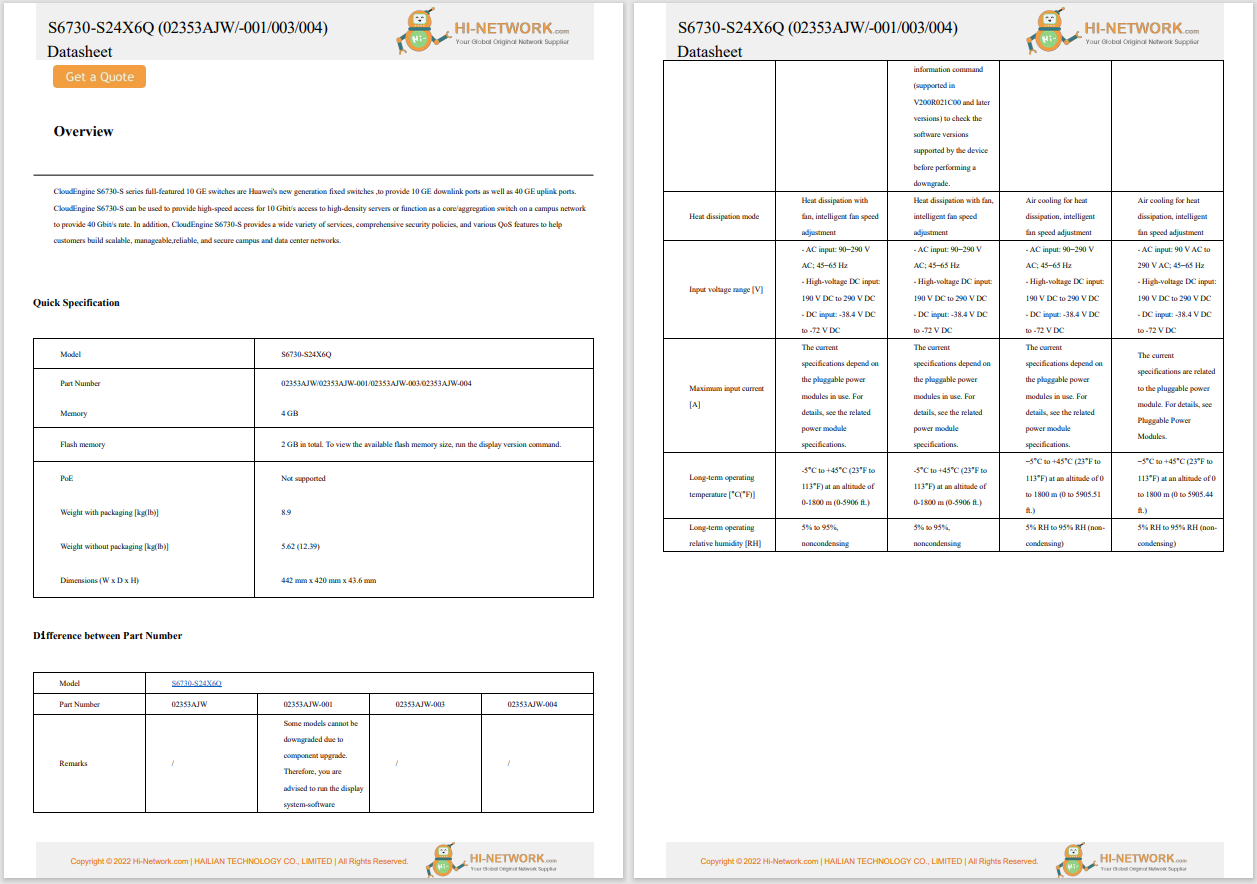

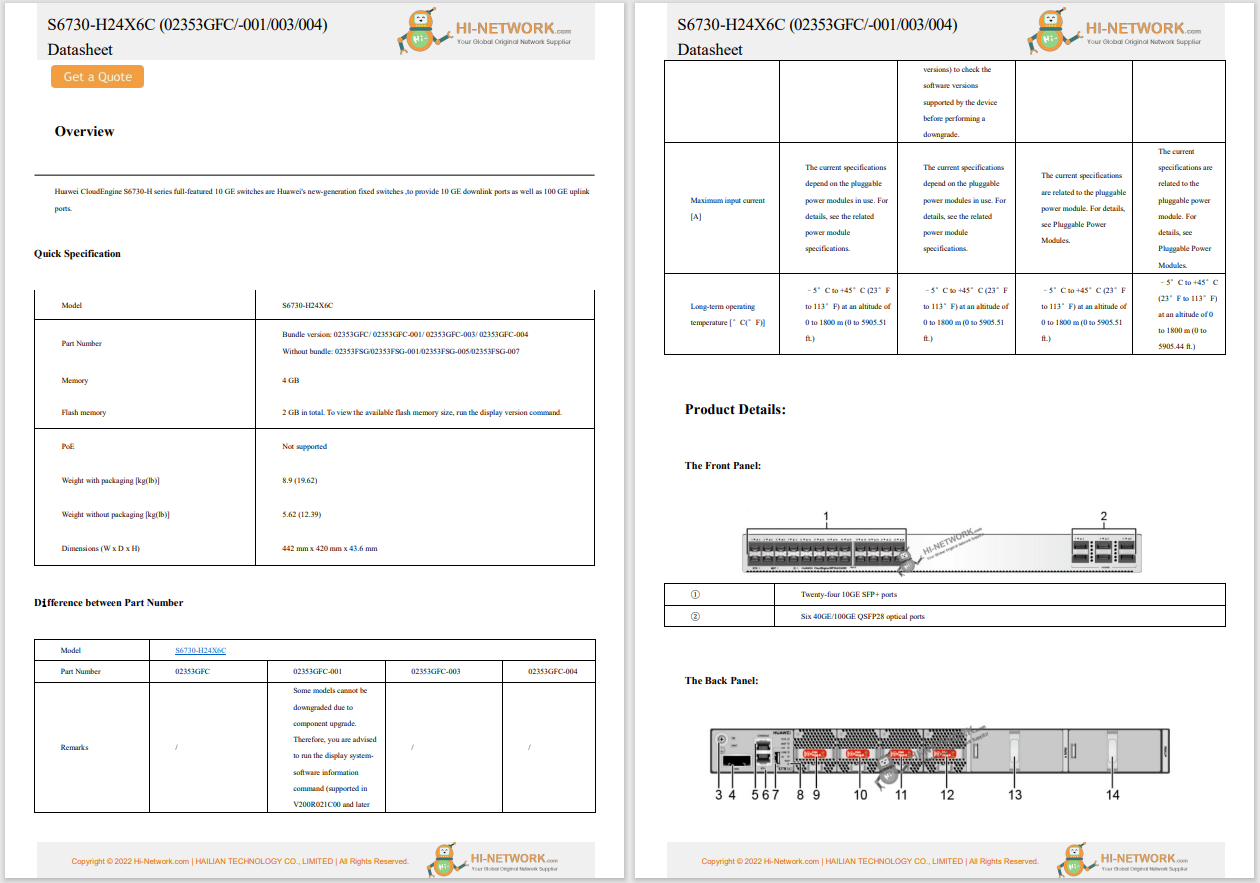
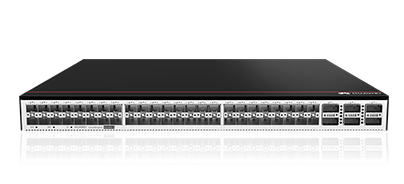
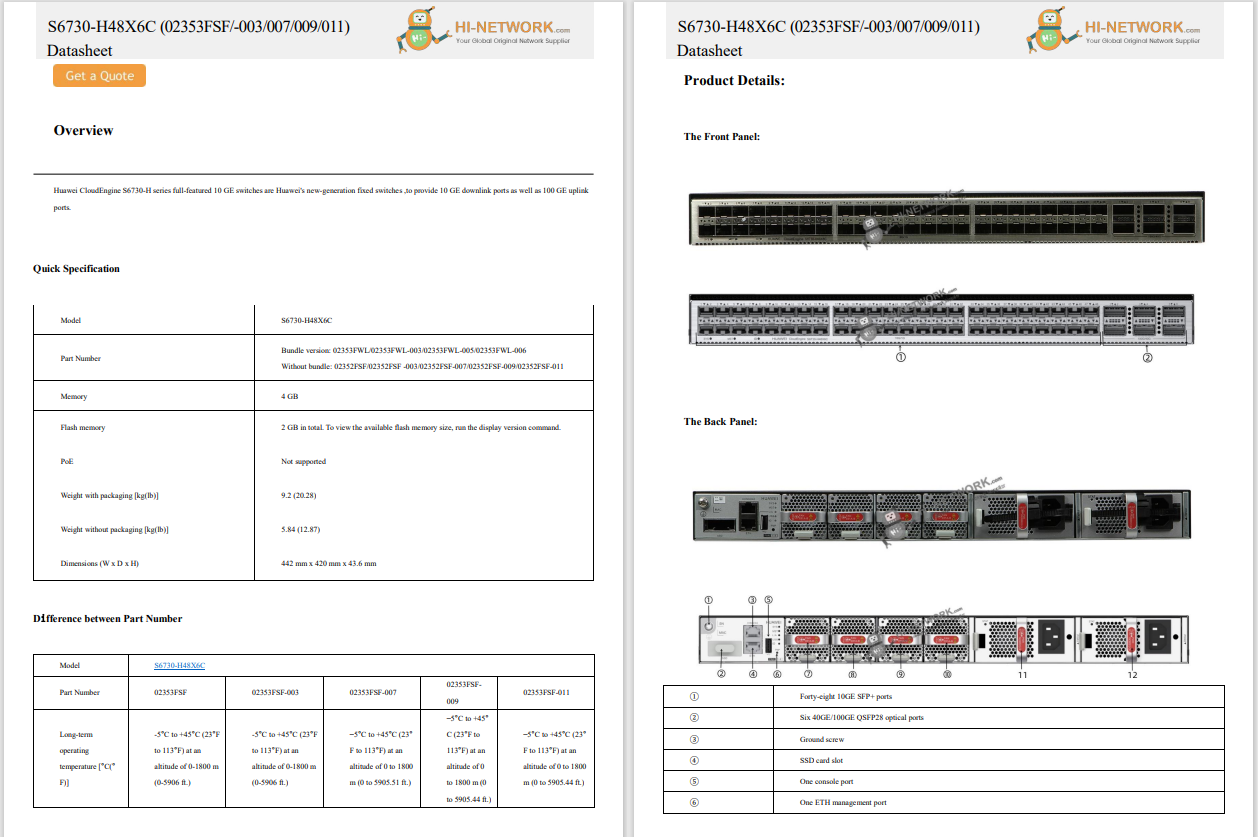
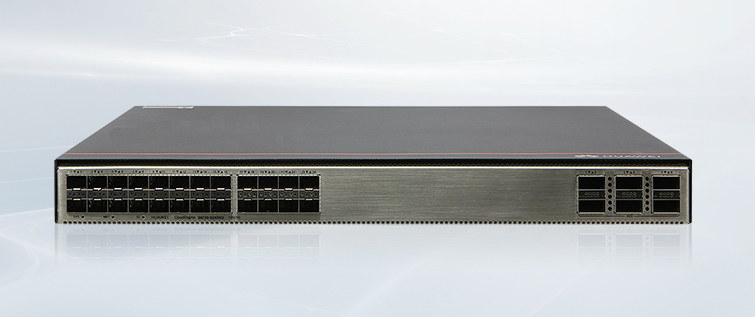


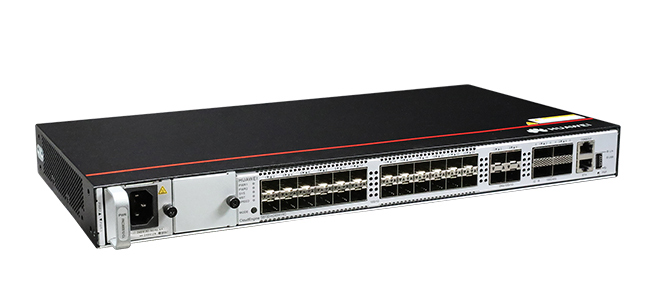
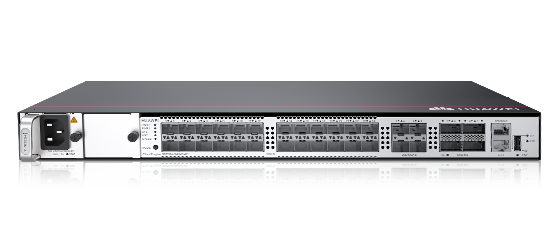
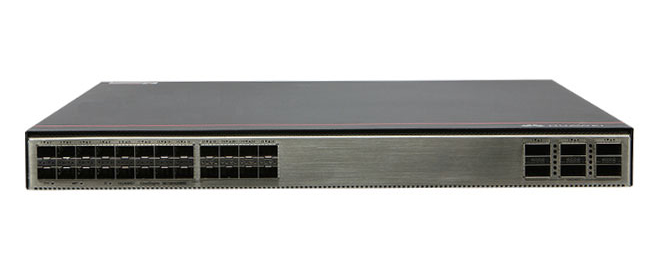


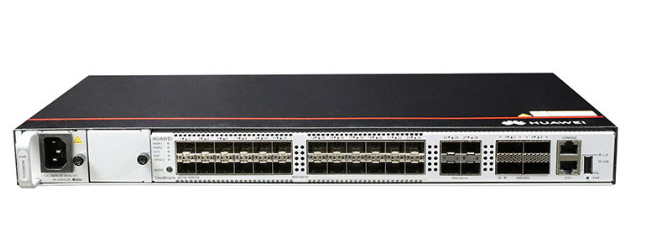
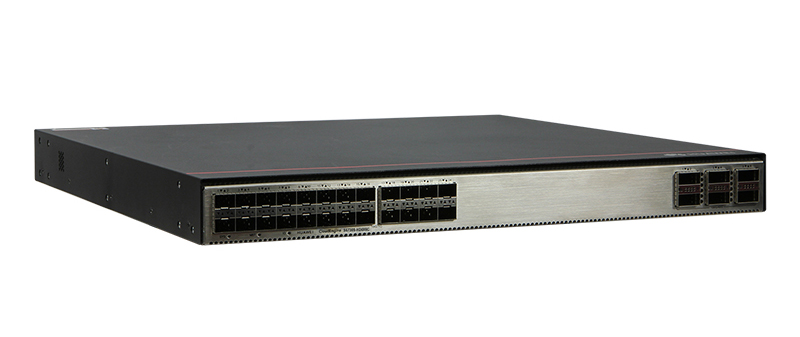
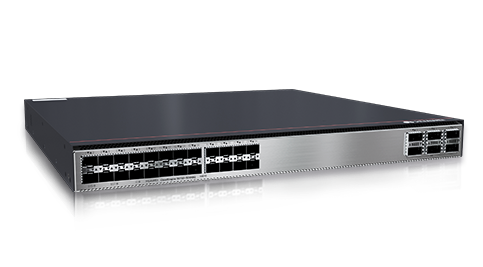
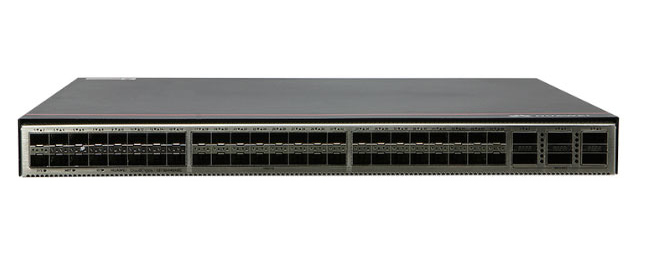
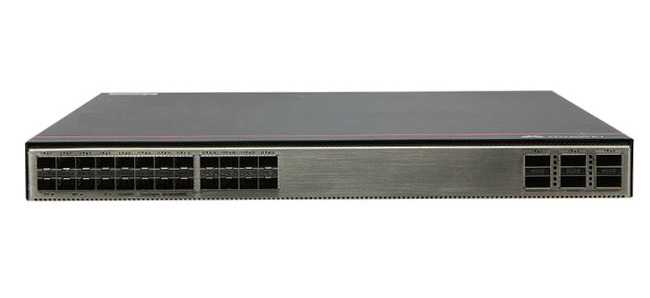
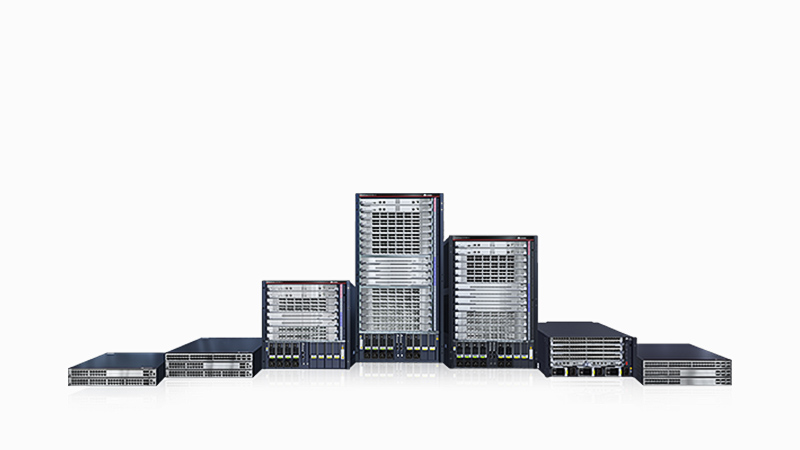
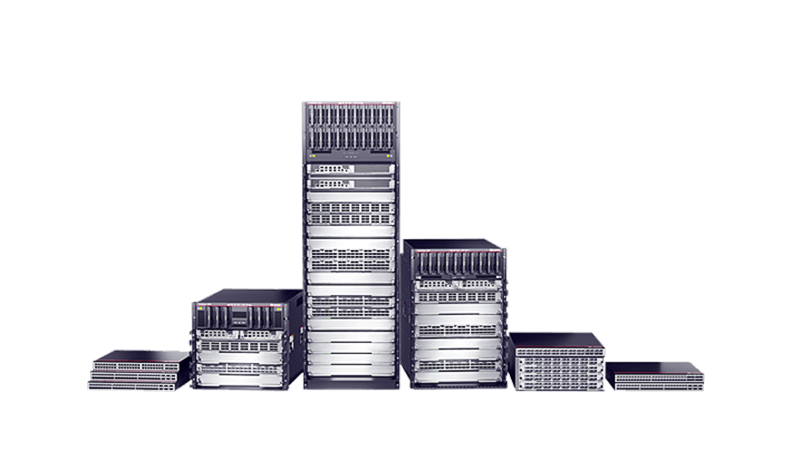
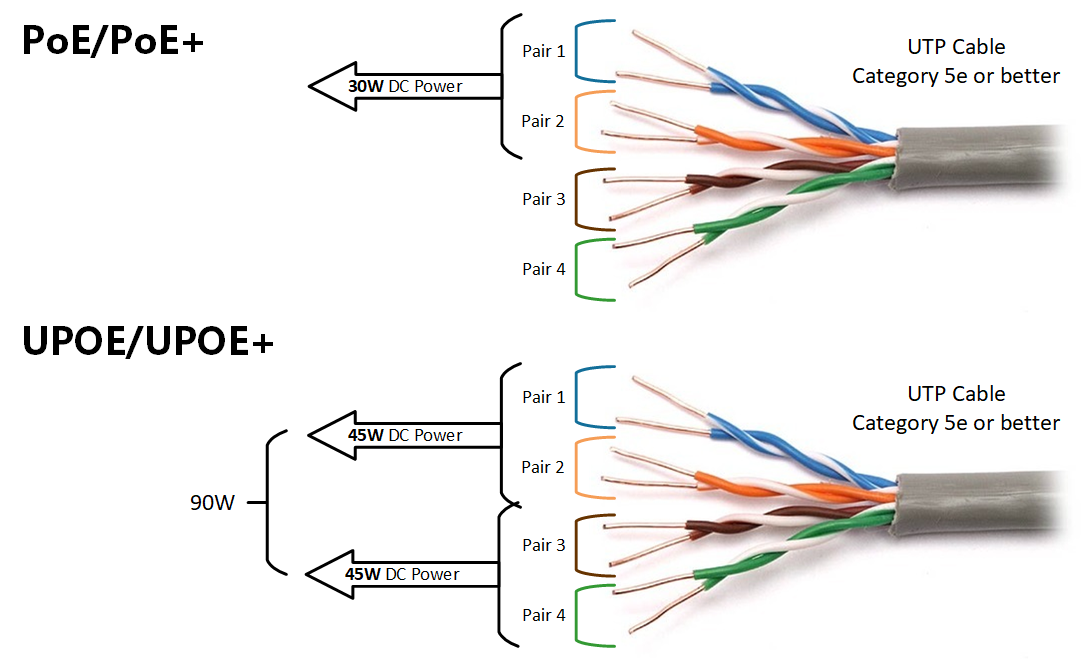
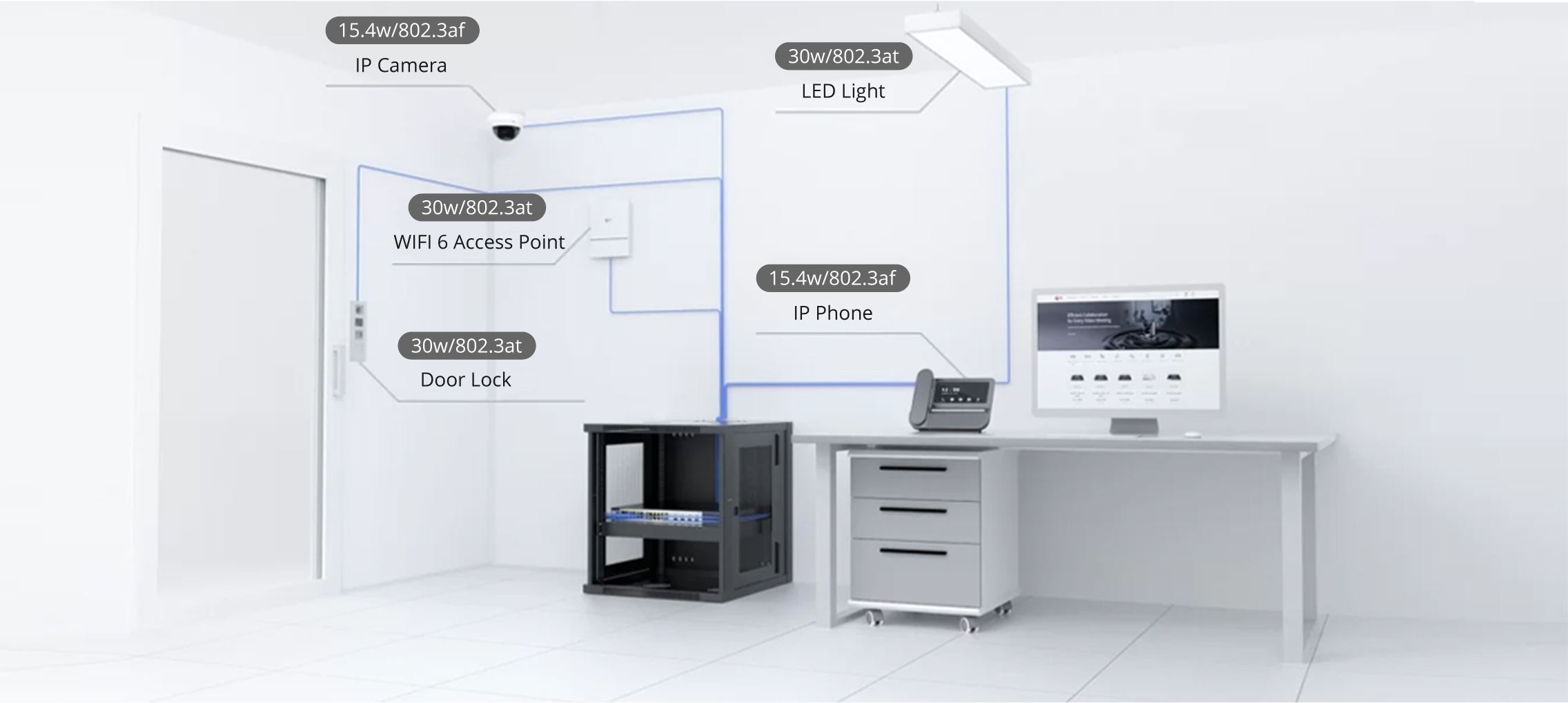
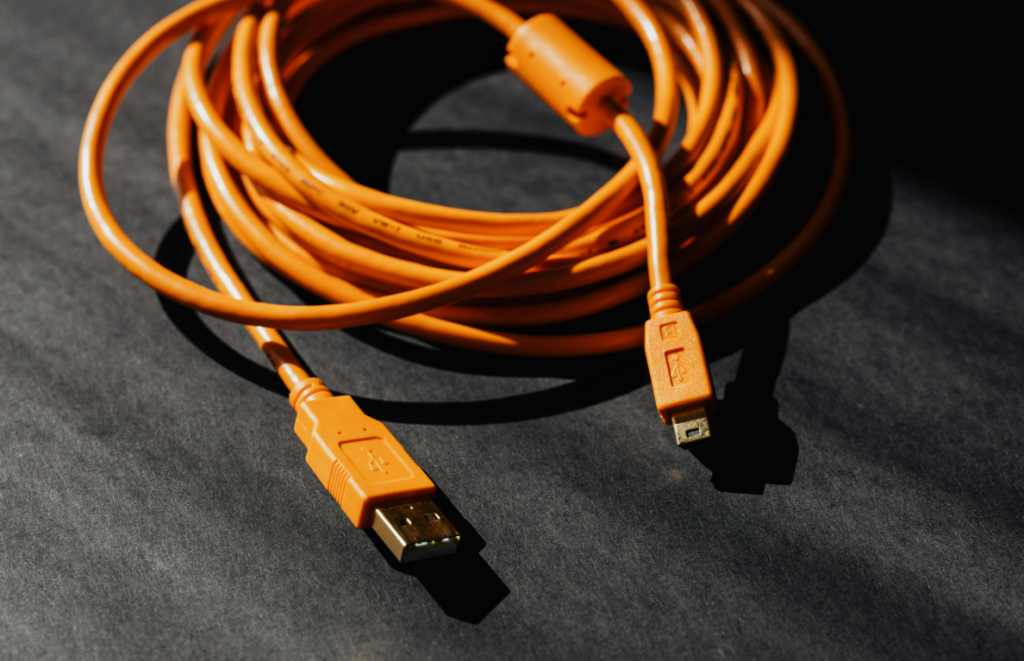

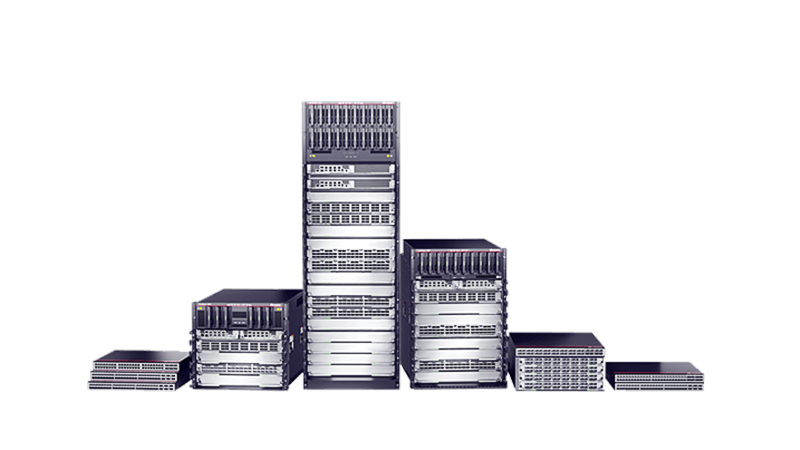
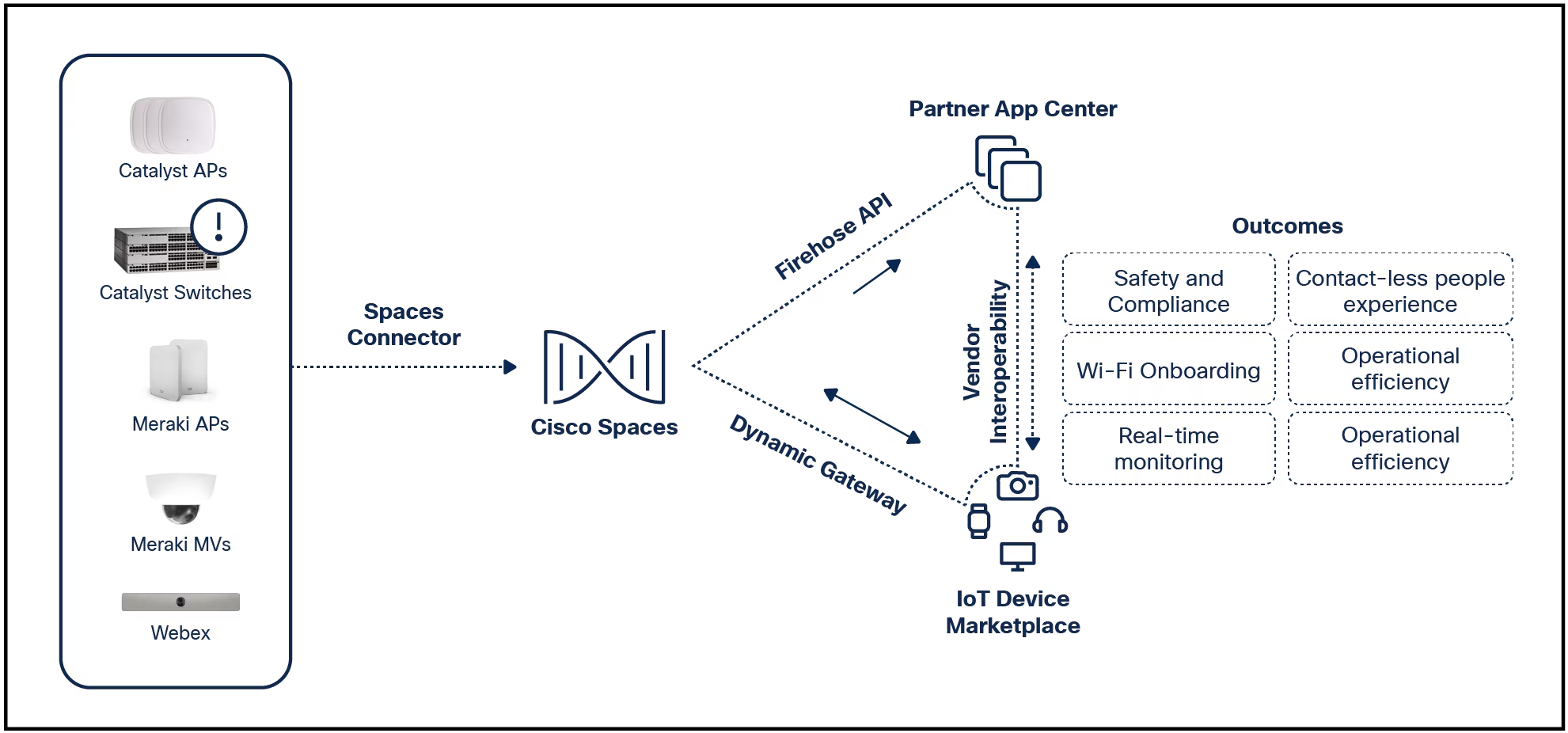
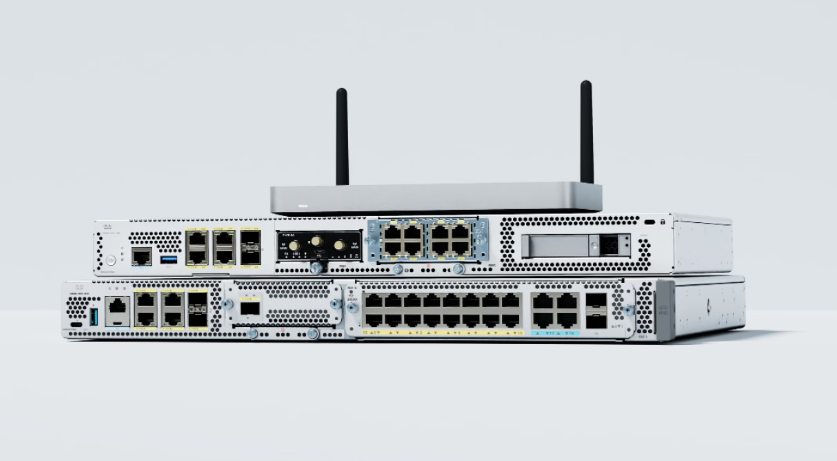
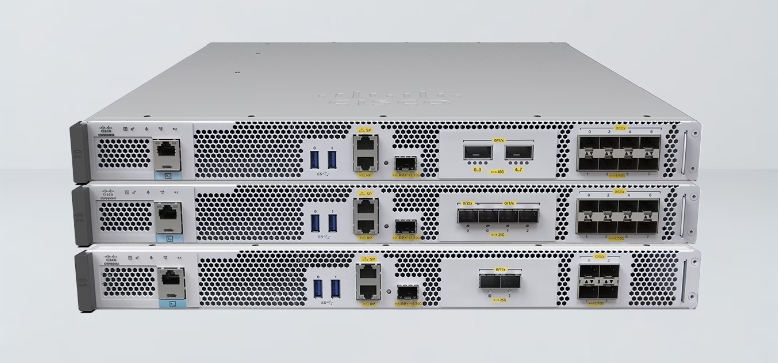

I'm not one for traditional desktops. I prefer something with a more modern (and often minimalistic) aesthetic. But for those who are just dipping their toes into the Linux waters, something a bit more familiar might be required.
Although Ubuntu Mate flips tradition on its head (with the main panel at the top), it couldn't possibly be any easier to use. As soon as you log in, you'll see a button at the top left of the screen clearly labeled "Menu." That panel at the top functions exactly like the bottom panels you're accustomed to.
Also: The best Linux distributions for beginners
Before we get into how I would suggest tweaking Ubuntu Mate, let's talk about what's new.
This latest release was actually made available just a few months ago (Oct. 2024), but it's certainly newer than the last time I checked out this Linux distribution.
The release is version 24.10, which is based on Ubuntu of the same number. Essentially, this is Ubuntu 24.10 with the Mate desktop. This release was all about Mate 1.26.2, which also happens to be the version on my installation (even after a full upgrade). What does that tell you? Mate development is slow. The side effect of that is Mate is also very stable. As soon as you log in and start opening applications, you get the immediate sense that you're working with a rock-solid platform.
Back to what's new.
Also: 5 lightweight Linux distributions that will bring your old PC back to life
Other than several bug fixes and performance improvements, the latest release is all about Mate, and the headline is Wayland support for several key components (Atril, System Monitor, Pluma, Terminal, and more).
Speaking of Pluma (MATE's default text editor), the app received some massive improvements, including:
Most of the other improvements were about fine-tuning, and it all comes together to create a version of Mate that performs well beyond expectations. It's not that I ever expect Linux desktops of this nature to be slow or clunky, but Mate 1.26.2 just feels like it's been supercharged.
You can read everything that's new and improved for Mate 1.26.2 in the official release notes.
Let's say you use Mate for a while and enjoy the speed and stability of the desktop. However, a few days, weeks, or months pass, and you think, "OK, I'm done with this desktop layout and want to change it up." Thanks to the inclusion of the Plank app, that's quite easy. However, we can take it a bit further.
If you misconfigure a panel, you can also click Reset All Panels to give it that new car smell.
At the bottom of your desktop, you should now see Plank with a few pre-set launchers.
Also: If you're ready to break up with Windows, this is the Linux distro I suggest for new users
Next, we're going to tweak the top bar. To do that, right-click the top bar and select "Properties." In the resulting window, I like to make the top bar slightly transparent (in the "Background" tab) and then make it slightly taller (so icons and launchers don't get scrunched up). I also prefer to enable auto-hide, but you might like to keep the top bar visible for efficiency.
I always go for a transparent panel when possible.
My next trick is to disable desktop icons. I prefer a much cleaner UI, and desktop icons never fail to ruin that aesthetic. To disable desktop icons, open Mate Tweak from the menu and then uncheck the box for "Show Desktop Icons."
Desktop icons always make a UI seem cluttered to me.
I also like to enable HUD, pull-down terminal, and keyboard LED in the Panel section.
Unfortunately, there's no way to add a desktop menu launcher to Plank, which is one of the many reasons we keep the top bar enabled. But for those who want a clean desktop, this is the way to go.
I'll finally change the default wallpaper to get the exact look I want.
There's an even easier way to achieve this.
Also: This Linux distro could let your old laptop 'shine on' after Windows 10's sunset
Open Mate Tweak and click on the "Panel" tab in the left sidebar. Under the "Panels" section, click the far-left drop-down, and you'll see a list of possible layouts, including Contemporary, Cupertino, Familiar, Mutiny, Pantheon, Redmond, and Traditional. For example, if you select Pantheon, you'll find the resulting layout is similar to what I just walked you through above.
You can select any one of these options, my favorite being Pantheon.
Cupertino is very much like macOS, Contemporary is the default for Mate, Familiar is a slight variant of Contemporary, Mutiny is reminiscent of Ubuntu Unity, Redmond is more like a Windows XP layout, and Traditional is yet another tweak on the default.
For my taste, either Pantheon or Cupertino are the best-looking layouts that still retain a high level of user-friendliness.
Another really cool thing you can do is, after customizing your desktop, click the "Save As" button and save the customization, so you can switch back and forth between any custom layout you create.
In less than a minute, you can have a much more modern-looking UI for Ubuntu Mate.
This is a fairly simple question to answer. Ubuntu Mate is for anyone who needs a remarkably fast and stable operating system that is user-friendly out of the gate but can be easily reconfigured to resemble other desktops.
Also: This lightweight Linux distro is the easiest way to revive your old computer. How it works
With a nice collection of pre-installed software (Firefox, LibreOffice, a backup app, the Evolution email client, the Rhythmbox audio player, and much more), anyone can hop onto the Mate desktop and know that everything is ready for a creative, entertaining, and productive day. And if you don't find the app you're looking for, open the App Center, and you'll probably find it.
Ubuntu Mate is a fantastic operating system that is as stable as it is easy to use. Although you'll certainly find prettier Linux distributions available, when you need an operating system that is equal parts easy, fast, and stable, Ubuntu Mate is hard to beat.
 Hot Tags :
Tech
Hot Tags :
Tech